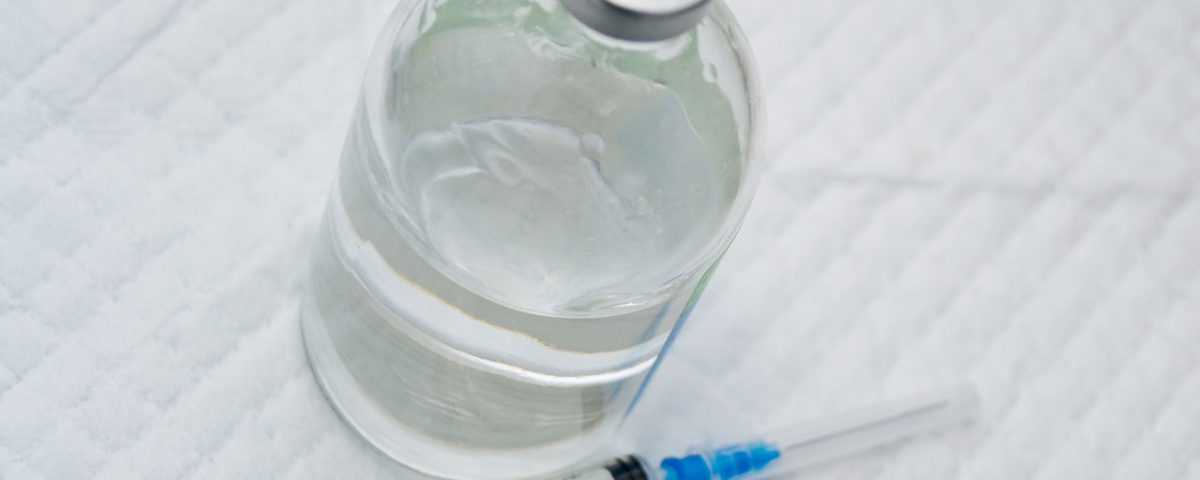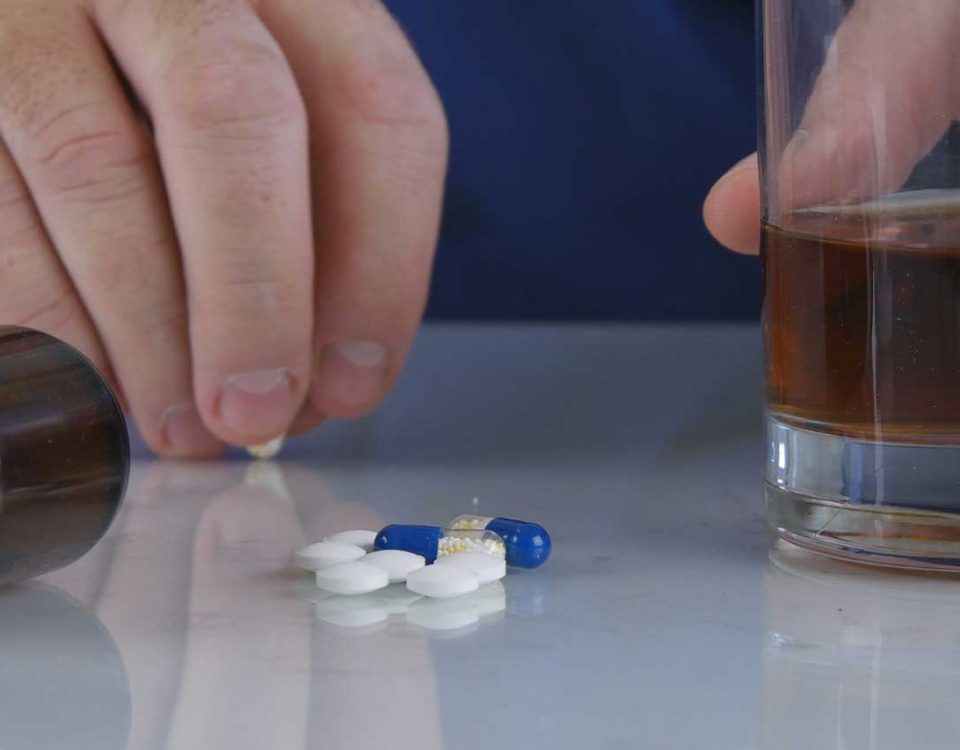Ketamine is a Schedule III class-controlled substance with a range of uses in human and veterinary medicine.
However, it’s more recently become a popular club drug or psychoactive substance that produces a euphoric high. Thus, the question “what is ketamine made of?” has become a popular one. Ketamine properties allow for different side effects and knowing them helps us understand its interactions with the brain and body at different doses. Without further ado, let’s get into it.
What’s Ketamine?
Ketamine is an injectable, short-lasting dissociative anesthetic first made in the early 1960s. It’s used in both human and veterinary medicine as an anesthetic, putting the patient in a trance-like state that provides pain relief, sedation, and amnesia.
Specifically, it was created to replace phencyclidine (PCP), a hallucinogen commonly known as angel dust. In the 1950s, PCP was used as an intravenous anesthetic until its severe side effects became more obvious. Thus, ketamine was created as a replacement.
As a Schedule III drug, ketamine is approved for use in hospitals and medical settings, specifically as an anesthetic. While it’s both safe and effective in a medical setting, it has the potential for abuse and addiction when used recreationally.
What Does It Do?
Also known as Special K, ketamine produces fast-acting side effects when used as an anesthetic and as a recreational drug. Unlike other anesthetics that block pain signals, ketamine sort of disconnects the brain from the body’s sensations.
Many users have described the side effects of ketamine to be similar to those of PCP, though not as severe or long-lasting. Additionally, people who used ketamine to get high have described it as a pleasant sensation of floating or an out-of-body experience.
Ketamine produces its side effects by affecting multiple receptors and pathways in the brain and inhibiting the uptake of neurotransmitters like serotonin, glutamate, and dopamine, depressing neural communication.
Ketamine is also a noncompetitive N-methyl-D-aspartate (NMDA) receptor antagonist, which means that it binds to the NMDA receptor on cell membranes and blocks HCN1 receptors. However, when taken in higher doses, it may also attach itself to opioid receptors, such as opioid mu and sigma receptors.
Ketamine also blocks the neurotransmitter glutamate, which is associated with pain recognition, learning, memory, and emotion. When it attaches to receptors, it can lead to rapid heart and elevated blood pressure.
Although ketamine is thought to activate new neural connections and thus its hallucinogenic effects, this mechanism of action isn’t entirely clear. However, what is known is that ketamine can increase neural activity, which is why it’s now being tested as a medication for certain mental disorders.
Unfortunately, like other drugs with the potential to succeed in the medical field, ketamine is often abused and even used as a date rape drug. Keep in mind that ketamine should only be used in a medical setting by medical professionals, and recreational use of the drug can produce unpredictable and dangerous side effects.
What Is Ketamine Made From?
Ketamine isn’t like other illicit drugs – such as meth and cocaine – that are often made with random chemicals and solvents like gasoline or paint thinner. Instead, ketamine ingredients are specific chemicals chosen by researchers to produce this anesthetic.
Because it’s a medication commonly used in both human and animal medicine, ketamine production is a safe and refined process. Most ketamine distributed illegally is taken from veterinary offices or hospitals, and it isn’t usually made in an illegal lab like meth often is.
Specifically, ketamine is made from ingredients like:
- Ketamine hydrochloride
- Silica gel
- Stevia
- Acacia
- Citric acid
- Flavor
- Polyethylene glycol 1450
Liquid ketamine is the most common form used in medical offices because it allows doctors and veterinarians to easily sedate their patients. However, when sold illegally, ketamine powder is more common, which can be dissolved into a liquid.
How Is Ketamine Made?
Though this medication usually comes from veterinarian offices and hospitals when it’s trafficked or sold on the streets, how it’s made isn’t clear. Ketamine isn’t like other illegal drugs that are created in small, illegal labs. Rather, it’s a medication that’s developed by scientists to be used in the medical field.
As of right now, people still have questions like “what is ketamine made of” and “how is it made” because so little is known about it. However, what is known is that ketamine can produce unpredictable and uncomfortable side effects when abused or taken in high doses.
Common side effects of ketamine include sedation, hallucinations, feelings of relaxation, dizziness, slurred speech, difficulty concentrating, problems with memory, depression, detached feeling from the body, and more. People may abuse this drug by snorting it, injecting it, drinking it, or smoking it with marijuana or tobacco.
While many may believe that this drug isn’t harmful, it’s not true. Long-term ketamine abuse can lead to addiction, and quitting can become more difficult the longer you go without the help of a partial hospitalization program.
Ketamine Addiction Treatment Options
Although ketamine (Ketaset) is approved for use in depressed patients with acute suicidal ideation or behavior, it doesn’t mean it’s safe for recreational use. As with other prescription drugs, ketamine abuse can lead not only to addiction but also to a variety of other short and long-term side effects that aren’t always curable. Ketamine overdose can also occur when it’s taken in high doses or mixed with other substances.
If you’ve become addicted to ketamine and need help recovering, our drug rehab in Naperville can give you some options that may help. A great first step that we recommend to many of our patients is medically monitored detox, which is held at our sister facility, Banyan Heartland.
Once patients have completed their detox treatments, they then continue their treatment at our Chicago rehab. We offer numerous levels of substance abuse treatment, including IOP, PHP, and outpatient treatment options.
If you’re interested in learning more about the dangers of ketamine abuse or ketamine addiction treatment, call Banyan Treatment Centers Chicago today at 888-280-4763.
Related Readings:









